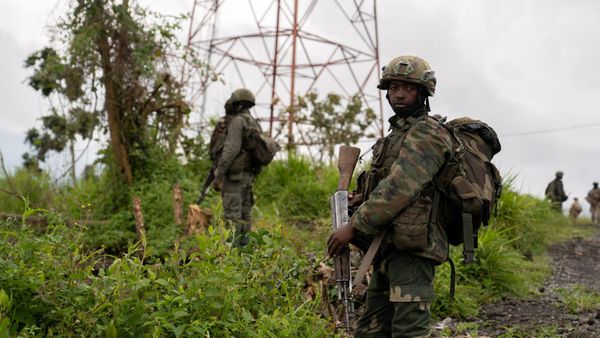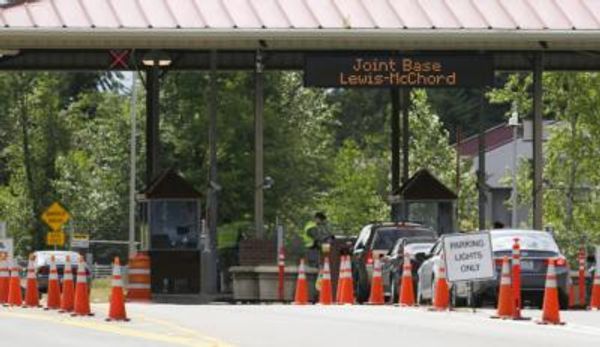
The lake bed of one of the world’s most hazardous supervolcanoes – New Zealand’s Lake Taupō – is constantly rising and falling, proving the volcano is still very much active, nearly half a century of data has revealed.
Taupō, a caldera volcano and the site of New Zealand’s largest lake, has been active 25 times in the past 12,000 years. It is responsible for one of the most significant explosive eruptions in recent human history: the AD232 eruption that sent a whopping 120 cubic km of pumice and ash into the atmosphere.
In 1979, scientists began an experimental project monitoring the lake levels as a way to detect volcanic and tectonic shifts. To do this, the researchers installed fixed survey stations around the lake, at beaches, on cliff faces, jetties and on a specially designed platform on Horomatangi Reef, the main vent of the 232 eruption.
The team hung specially made water gauges from 22 fixed points and used the purpose-built platform to take into account lake level changes. This method allowed them to detect station height changes as small as 8mm.

“We suspected that, if the volcano was active, this system might be able to detect small changes [vertical deformation] as magma moved around,” said Peter Otway, who has been involved in the project since it began and is a lead author on the paper, published in the New Zealand Journal of Geology and Geophysics.
Otway also hoped to detect deformation due to tectonic stretching, which had been known to have caused subsidence and a prolonged earthquake swarm in 1922.
The first few years of monitoring failed to produce anything particularly exciting for the researchers. But Otway’s luck suddenly changed in early 1983.
“My Kinloch station [10km west of the town of Taupō], which had been very slowly subsiding, began to rise steadily, finally reaching 50mm by mid-June, by which time I had issued a series of reports,” he said.
“Then, lo and behold, a lady in Kinloch rang the office to say she had been nearly sloshed out of her bath by an earthquake, soon followed by a flood of earthquake reports – in lieu of any permanent seismographs in those days.”
The lake levelling surveys had apparently made the first detection in New Zealand of pre-earthquake deformation – “the holy grail of predicting tectonic earthquakes”, Otway said.
After further analysis, the team realised the earthquake swarm was due to volcanic rather than tectonic activity, as was originally thought. But not all was lost – it is still considered the best example of volcanic unrest recorded by the scheme, he said.
The 43-year-long data set has since shown that movements of magma and tectonic faults beneath the surface frequently cause the ground surface above the volcano to uplift and subside, said Dr Finnigan Illsley-Kemp, a postdoctoral fellow in volcano geodynamics at Victoria University of Wellington and a co-author on the paper.
“Within the lake, near Horomatangi Reefs, the volcano has caused 160mm of uplift, whereas north of the lake the tectonic faults have caused 140mm of subsidence,” he said.
The program has helped prove, together with satellite and seismic monitoring, that Taupō is still an active volcano, with periods of occasional unrest as it slowly but steadily inflates, Otway said.
“We would expect the inflation [the increasing pressure in the magma that can cause the surface to bulge] to accelerate rapidly before the next eruption, so it is essential that the deformation continues to be closely monitored.”
But evidence that one of world’s supervolcanoes is steadily inflating is no cause for alarm, said Eleanor Mestel, another co-author and a PhD researcher at Victoria University.
“It’s the number one thing that people ask me at the petrol station in Taupō,” Mestel said. “I say: ‘Eventually yes, but not right now’.
“Volcanoes naturally shift around in their sleep. It’s normal to get earthquakes and ground movement – particularly large volcanoes like this. It doesn’t mean that it is waking up and going to erupt.”







